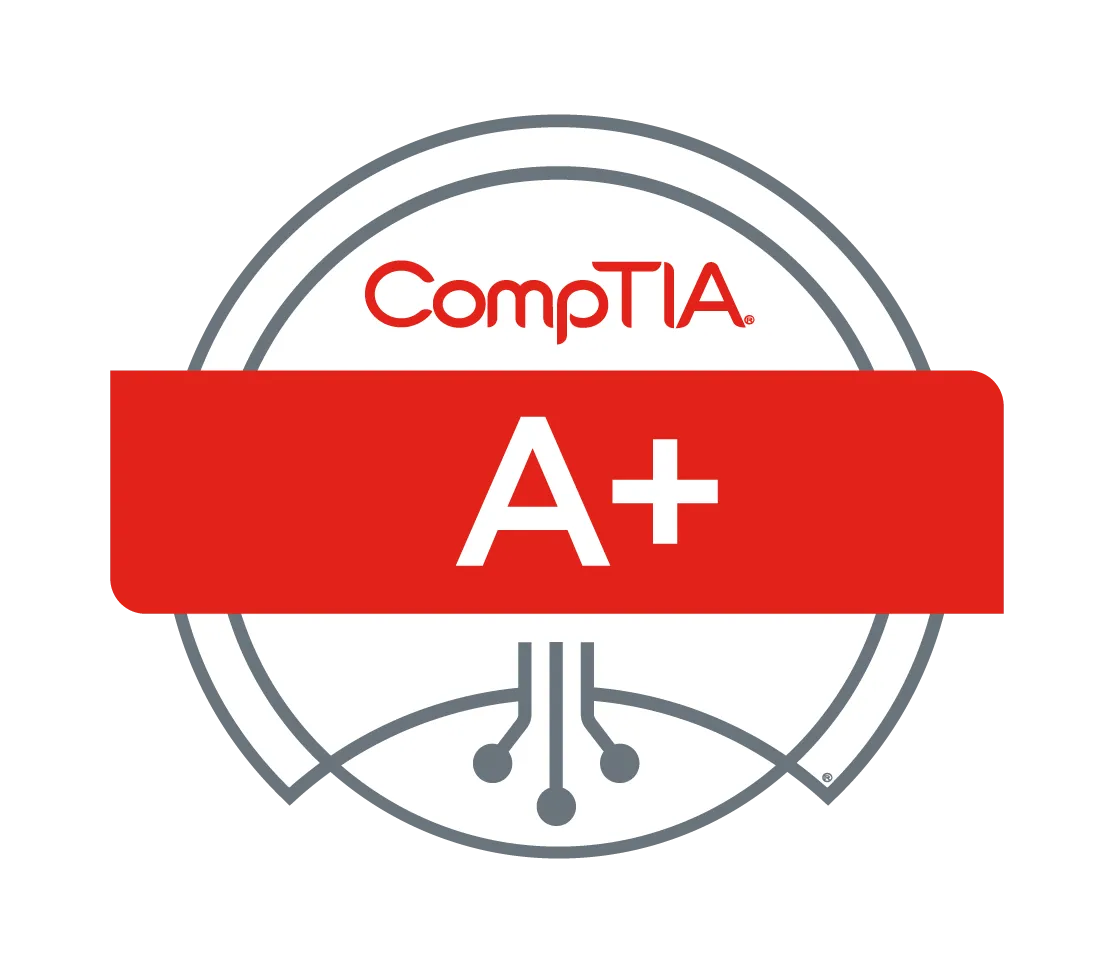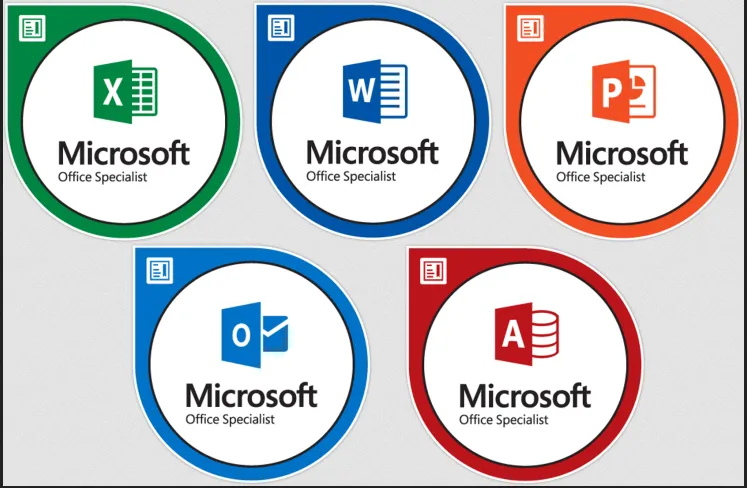The CompTIA A+ certification guarantees that you understand the fundamentals of working with hardware, networks, and computer systems, which can help you gain an entry-level career in the IT industry.
One of a computer technician’s responsibilities is to diagnose and resolve technical issues with computers and associated hardware.
The seamless operation of hardware and software systems is ensured by computer technicians in an organization, improving the efficiency of business operations for users, businesses, or organizations in question.
A certified computer technician is needed for network and computer installation and maintenance. It will be your responsibility to make sure that the necessary IT infrastructure is installed and operating at peak efficiency.
The two worldwide CompTIA A+ tests are available to learners who complete this brief study program, which is in line with the A+ CompTIA syllabus.
Candidates must pass the CompTIA A+ Core 1 (220-1101) and Core 2 (220-1102) examinations in order to be eligible for the CompTIA A+.
Objectives
- Get ready to pass the certification tests for CompTIA A+ 220-1101 and 220-1102.
• Use tools and methods for diagnosing laptops and PCs.
• Set up and refine laptops and desktop PCs.
• Examine Windows settings and upgrade choices.
• You will learn how to install, configure, optimize, diagnose, repair, upgrade, and maintain operating systems and digital devices on personal computers as well as support operating systems during this course.
• Install and set up peripheral devices and PC system unit parts.
• Set up, adjust, and troubleshoot multimedia and display devices.
• Set up, adjust, and troubleshoot storage units.
• Set up, adjust, and diagnose internal system parts.
• Set up, adjust, and keep up with operating systems.
• Take care of and fix issues with Microsoft Windows.
• Describe the principles of network infrastructure.
• Set up and fix network connectivity issues.
• Control shared resources, workstations, and users.
• Put cloud computing and client virtualization into practice.
• Use physical - Safeguard data and workstations.
• Address security concerns with workstations.
• Assist and troubleshoot computers.
• Assist and debug mobile devices.
• Set up, adjust, and fix printing devices.
• Put operational processes into place.
Prerequisites
Experience managing Windows operating systems is a must for candidates.
Course Outline
- Installing Motherboards and Connectors
- Installing System Devices
- Troubleshooting PC Hardware
- Comparing Local Networking Hardware
- Configuring Network Addressing and Internet Connections
- Supporting Network Services
- Summarizing Virtualization and Cloud Concepts
- Supporting Mobile Devices
- Supporting Print Devices
- Configuring Windows
- Managing Windows
- Identifying OS Types and Features
- Supporting Windows
- Managing Windows Networking
- Managing Linux and macOS
- Configuring SOHO Network Security
- Managing Security Settings
- Supporting Mobile Software
- Using Support and Scripting Tools
- Implementing Operational Procedures
Job Responsibilities include the following:
- Configuring software and drivers, installing devices, and
• Setting up and maintaining peripheral devices and technical equipment (such as routers) • Establishing and maintaining functional LAN/WAN and other networks and managing their components (servers, IPs, etc.)
• Controlling software and security settings on computers and networks to preserve privacy and fend off intrusions
Performing routine updates to guarantee that systems are kept up to date; diagnosing and fixing faults or system failures; scheduling maintenance sessions to identify and address inefficiencies; and documenting fixes and repairs for future use. - Installing devices, configuring software and drivers, and
- Configuring and maintaining technical equipment and accessories (like routers) • Setting up, managing, and keeping up LAN/WAN and other networks, as well as its constituent parts (servers, IPs, etc.)
- Managing computer programs and network security configurations to protect privacy and thwart incursions
Regular updates ensure that systems are maintained current; faults and system failures are identified and fixed; maintenance sessions are scheduled to find and correct inefficiencies; and repairs and fixes are documented for future reference.
Job Prospects
A qualification as a computer technician gives you access to countless opportunities and lets you work in a variety of roles. Computer technicians are in high demand in practically all types of businesses and organizations, both public and private.
You can look at a variety of job options. These include working in retail electronics stores, joining internal IT teams in medium-sized to big businesses, or pursuing a variety of technical support positions. These are only a handful of the many possibilities that are open to you.
Additionally, you might benefit from the freedom that comes with contract-based tasks, consulting assignments, and freelancing. Additionally, you are free to start your own business or work remotely from the comfort of your home. You actually have the freedom to explore the world of work as a freshly trained computer technician.


